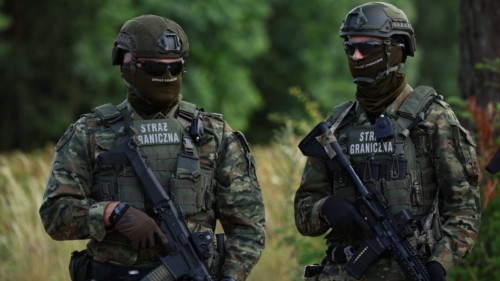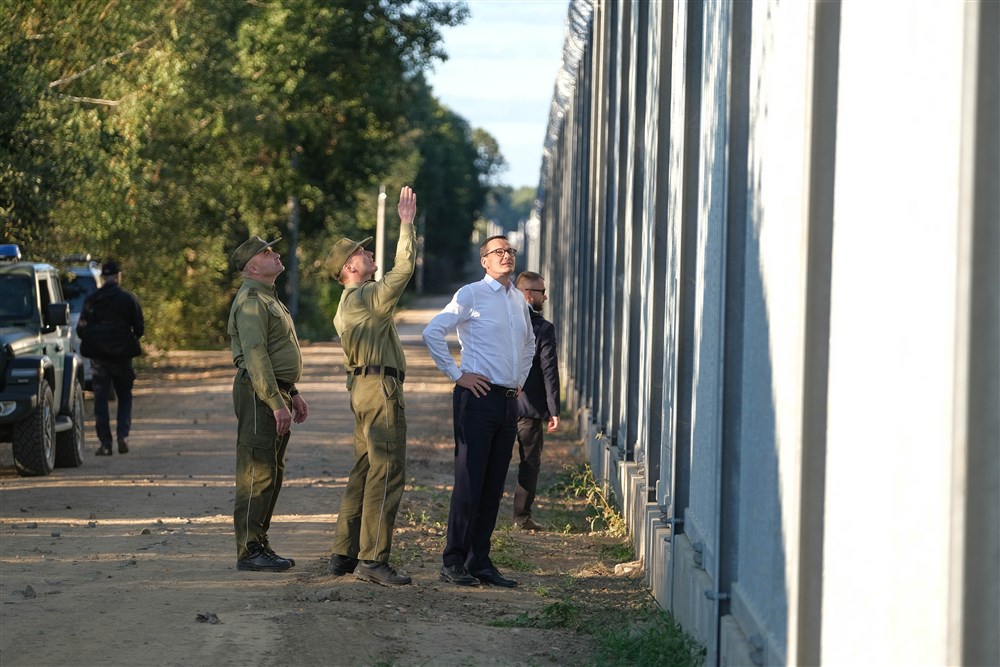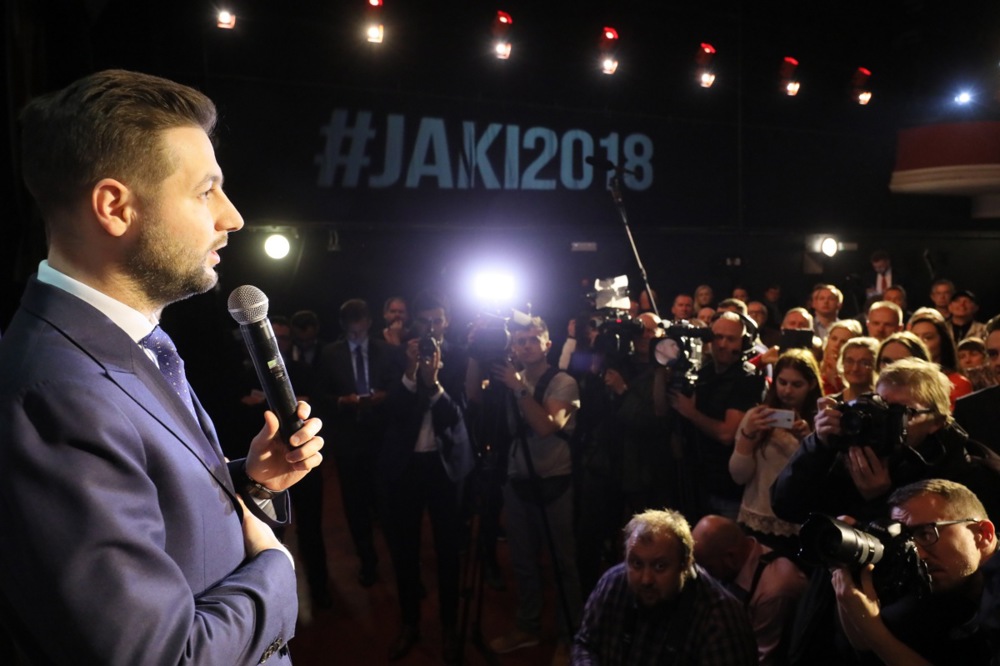A story about a four-year-old child named “Eileen” who was purportedly lost and feared dead after crossing the Polish-Belarusian border in 2021 has been exposed as fake.
In December 2021, activists and media opposing the Polish Conservative PiS Government publicised the case of a child whose parents were reported to have been deported to Belarus. According to the story, their little girl was lost somewhere in the forest on the way and was feared to have frozen to death.
Now, in a report published by Polish daily newspaper Gazeta Wyborcza on November 17, journalist Magdalena Tomczak has admitted the story about Elileen was not true.
In the latest report, Tomczak recalls how the story was featured in Gazeta Wyborcza and weekly Polish magazine Newsweek Polska alongside numerous other publications in print and online. The ensuing outrage led to attacks in social media on Polish border guards for apparently doing nothing to try to find the girl.
Piotr Czaban, a journalist with broadcaster TVN24, attacked Tomczak for being “hypocritical” because her paper had only “started saying such things [the admission that Eileen was being false] after October’s election was safely out of the way”.
He added: “And they were right in that judgement because any such admission would have helped PiS to win the election, which none of us wanted.”
At the time, the Eileen story was also taken up by Polish Ombudsman for Human Rights Adam Bodnar, now tipped to be the new justice minister in the forthcoming Tusk government. When the report first broke, Bodnar asked questions of the border authority and stated that the child’s clothes had been found and photographed.
This was the only purported “evidence” of the existence of the girl. Many outlets ran the story with the photograph of a coat and a shoe, intimating they may be connected with the fictitious child’s “disappearance”, alongside claims by activists campaigning for the humane treatment of migrants.
In the November 17 exposé, Tomcza wrote: “Today we know Eileen never existed.” She goes on to reveal that the Eileen tale was among stories circulated by activists that became a part of the narrative about “kids dying on the border which was taken up by left-wing politicians and the Agnieszka Holland-directed movie Green Border”.
There have been no confirmed fatalities of children on the Polish side of the border with Belarus.
Tomczak points out that, regarding the Eileen story, “instead of concentrating on the risks facing migrants on the Belarusian side of the border we were publicising the case of a girl that never existed”.
The Polish border authority reported at the time that a group of six foreign subjects had been stopped following an illegal border crossing and that there was no child with them or anywhere in the vicinity.
In her latest article for Gazeta Wyborcza, Tomczak admits that much of the pro-liberal opposition media had been guilty of “falsifying knowledge about the situation on the Polish-Belarusian border”.
Whereas there are sometimes women with children attempting to cross that border, Tomczak admits that most migrants are “young men” who are not refugees. They tend to be those who want to reach western Europe to work or take advantage of the availability of welfare benefits, she says.
She also states that although “Conservative media may sometimes distort the situation on the border by never showing women and children, at least the showing of the preponderance of young men is more representative of the situation”.
Tomczak said she feels the “Liberal media”, with whom she identifies, have been distorting the situation by concentrating solely on women and children.
Jan Rokita, a leading Polish commentator and member of Sejm, the lower house of the Polish Parliament, said Tomczak’s story described the construction of a “multi-layered lie that was then amplified for propaganda and fundraising purposes”.
He added that the revelation should shake the world of Polish journalism to its foundations, revealing as it does that media professionals “were willing to take part in propaganda activities and failed in their duty to check facts”.





